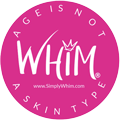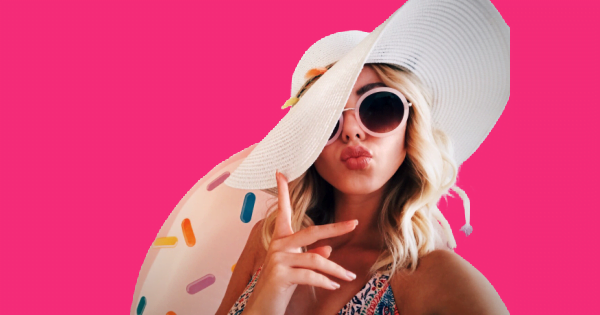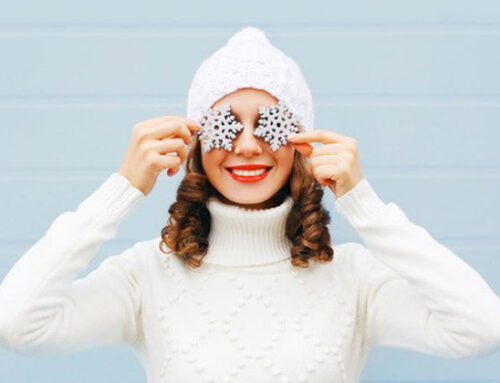OMG! What do all of these acronyms mean? When it comes to protecting our bodies from the sun we must have a clear understanding of why it’s so important for everyone – every day. So let’s break it down and eliminate any confusion regarding sun protection.
We often see these 3 letter acronyms on our skincare products, cosmetics, even articles of clothing. What do they mean?
SPF = Sun Protection Factor
UVA = Ultra Violet A (long wave)
UVB = Ultra Violet B (short wave)
We need to be conscientious of the damaging UVA and UVB rays of the sun to protect our skin. They are 2 very different types of rays, but both are damaging. To make it simple, remember UVA – A for Aging as these are the rays that age our skin and think UVB – B for Burning as these are the rays that burn our skin.
UVA rays cause premature aging
UVA rays are responsible for skin aging and wrinkling and can contribute to skin cancer. Because UVA rays pass easily through the Earth’s ozone layer they make up the majority of our sun exposure. They can pass through clouds, they can penetrate certain articles of clothing, and they can penetrate through glass. You might not be able to feel them but boy are they there.
UVB rays cause sunburn
UVB rays are responsible for sunburns and cataracts, and they can affect our immune system. Most importantly, UVB rays also contribute to skin cancer. Melanoma, the most dangerous form of skin cancer, is thought to be directly related to sunburns that occur before the age of 20. So that very first sunburn you got as a child could one day come back to haunt you.
SPF lets you know how long you can stay in the sun
Sun Protection Factor or SPF, found in our sunscreen products, does not indicate the amount of protection you will get but instead gives you an idea of how long you can stay in the sun before your skin starts to redden. And everybody is different! SPF ONLY applies to the UVB rays. It does not apply to the UVA rays. SPF products come in various levels including 15, 30, and 50+. Here’s how they work. For sake of easy math let’s say that your skin will start to redden when exposed to the sun after just 10 minutes. You would take that 10 minutes and multiply it by the SPF number on the product you’re using. For example, if you are using an SPF 30 product – 10 minutes x 30 (SPF) = 300 minutes. Take the 300 minutes and divide by 60 minutes which equals 1 hour. The result? 5 hours of Sun Protection Factor.
It’s important to not have a false sense of security when it comes to your Sunscreen. Many products are not water or sweat resistant so you wouldn’t be able to rely on 5 hours of protection if you were swimming or exercising. The key is to apply, apply, and reapply throughout the day. Try the Whim Moisture Shield SPF 30 for beautiful, protected skin.
We all love the sun but, the facts are the facts. Unprotected sun exposure is the leading culprit in skin aging and skin cancer and we must protect ourselves to ensure we live long and healthy lives – while looking fabulous of course!
Top 10 tips regarding sunscreen.
Always look for “Broad-spectrum protection” on sunscreen labels to ensure you’re protected against both UVA and UVB rays. Try the Whim Moisture Shield SPF 30 for maximum protection.
- The proper amount of sunscreen for our body is about 1 oz. which is just enough to fill a shot glass. And we need a teaspoon amount for our face.
- Apply sunscreen at least 15 to 20 minutes before going into the sun. If your skin is already red, it’s already damaged.
- Protect all exposed areas of the skin including ears, toes, and any bald spots.
- Wear protective clothing like long-sleeved shirts, pants, and wide-brimmed hats.
- Wear sunglasses that provide UVA/UVB protection. Not only can your eyelids burn but exposure to the UVB rays can lead to cataracts. And, repetitive squinting will cause those pesky little crow’s feet to develop around the eyes.
- Avoid tanning beds! UV light from tanning beds can cause skin cancer and wrinkling. They are in no way a healthy alternative to the sun.
- Reapply every 2 hours or after swimming or excessive sweating. Set an alarm on your phone if you have to.
- Seek the shade as much as possible.
- If you have to have a sexy, summer tan; use self-tanner. (But remember to wear sunscreen too.)




